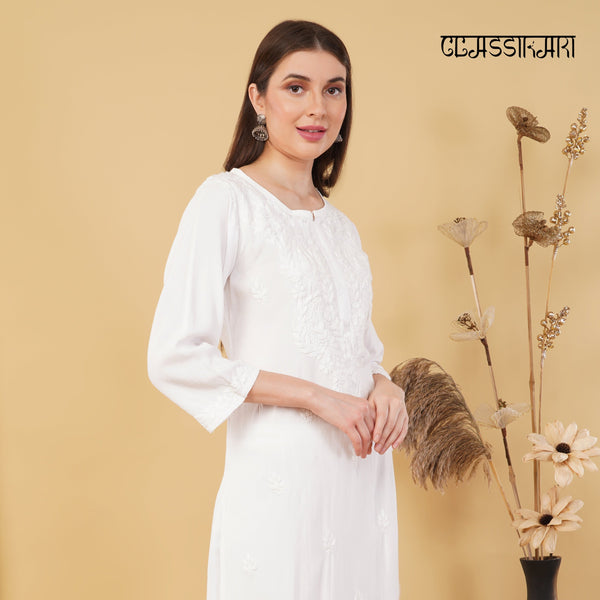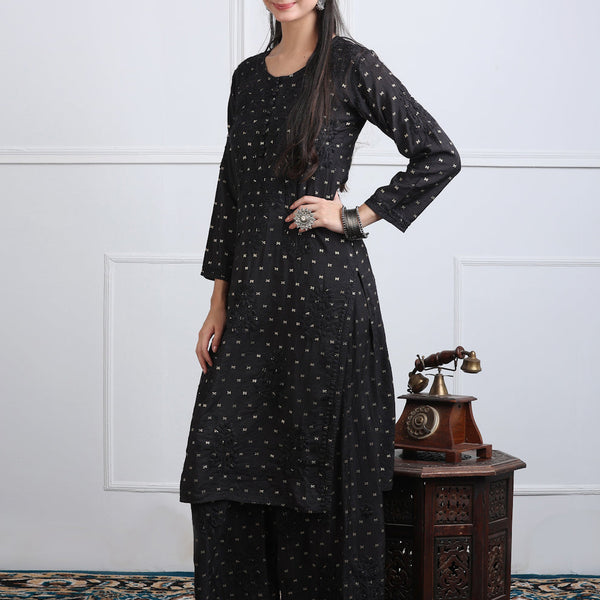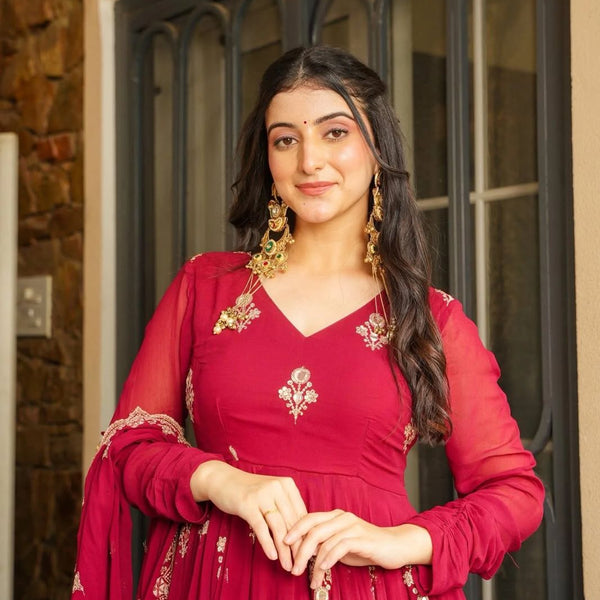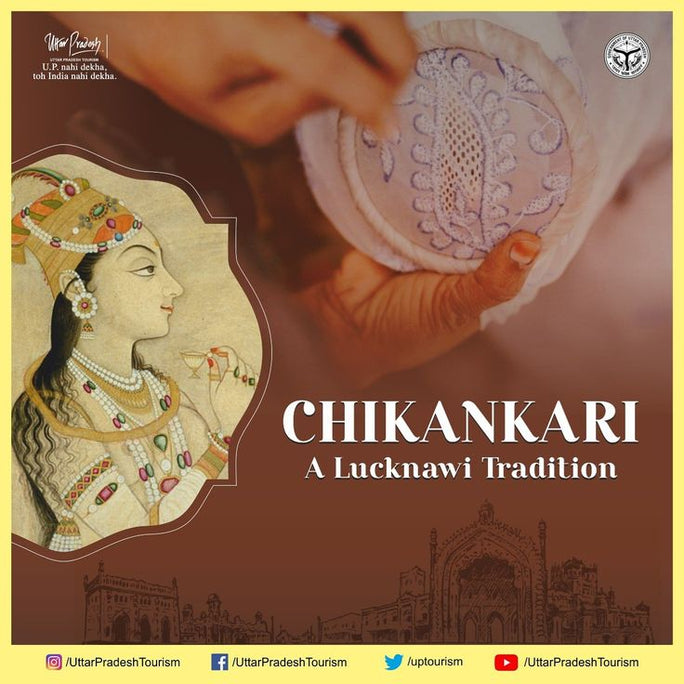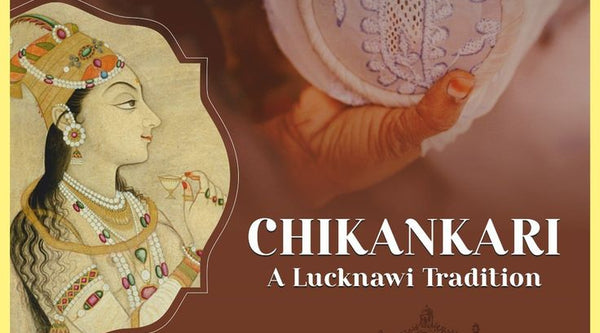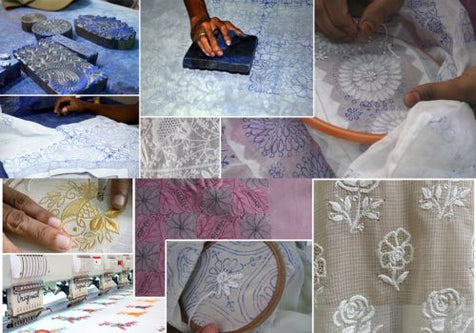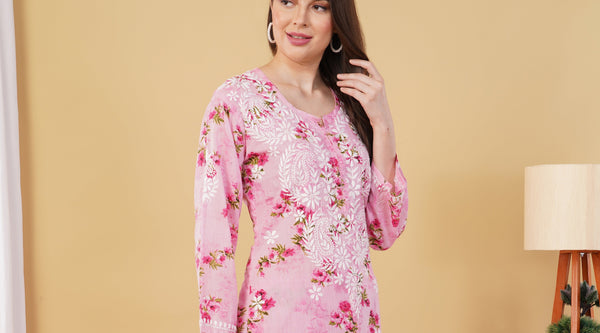HISTORY OF CHIKANKARI
"Chikankari ke daaman par qalam se likhi hui yeh kahani, naazuk se taaron ki gehri dastaan hai. Har sitara, har phool, har jaali, ek ehsaas hai jo Mughlon ki shaan, Nawabon ki shauq, aur haathoon ki mehnat ko bayan karta hai. Yeh na sirf ek kala hai, balki ek jazba hai, jo waqt ke saath sajta aur nikhar ta raha hai."
"چکنکاری کے دامن پر قلم سے لکھی ہوئی یہ کہانی، نازوک سے تاروں کی گہری داستان ہے۔ ہر ستارہ، ہر پھول، ہر جالی، ایک احساس ہے جو مغلوں کی شان، نوابوں کا شوق، اور ہاتھ سے نہیں بتانا مجھے۔" ایک کالا ہے، بالکی ایک جبہ ہے، جو وقت کے ساتھ سجتا اور نکھار تو رہا ہے۔"
Chikankari, the exquisite art of hand-embroidery, is a timeless treasure of Lucknow, India, woven with grace and tradition. Its origins are often traced back to the Mughal era, where it is believed that Noor Jahan, the empress of Emperor Jahangir, brought this delicate craft from Persia. Over time, it blossomed in the courtyards of Awadh, becoming a symbol of nawabi elegance and refinement.
Chikankari, or "چکن کاری," is more than just embroidery; it is poetry in thread. The artisans, with their nimble fingers, create intricate patterns inspired by nature—flowers, vines, and paisleys—on fine fabrics like muslin, silk, and chiffon. Each stitch, from the delicate bakhiya to the intricate murri, tells a story of patience and passion.
As the sun sets over the Gomti River, the chikankari artisans, or karigars, continue their craft, preserving a legacy that has adorned generations. Today, this art form is celebrated worldwide, yet its soul remains rooted in the lanes of Lucknow, where every thread whispers the tales of tehzeeb and shauq.
Chikankari is not just an art; it is the heartbeat of Lucknow, a delicate dance of needle and thread, and a testament to the city's enduring charm. ✨
